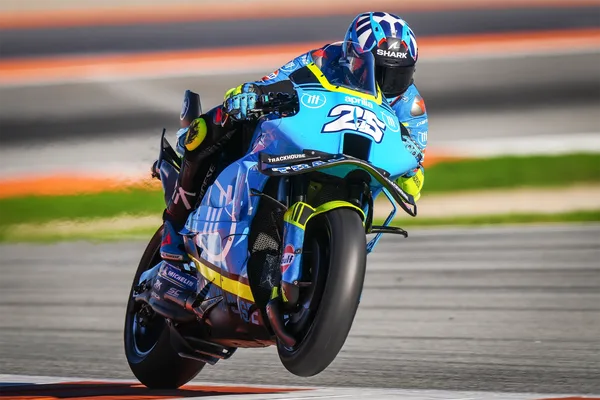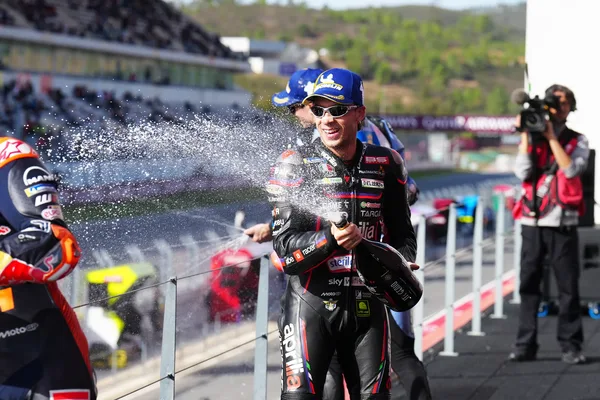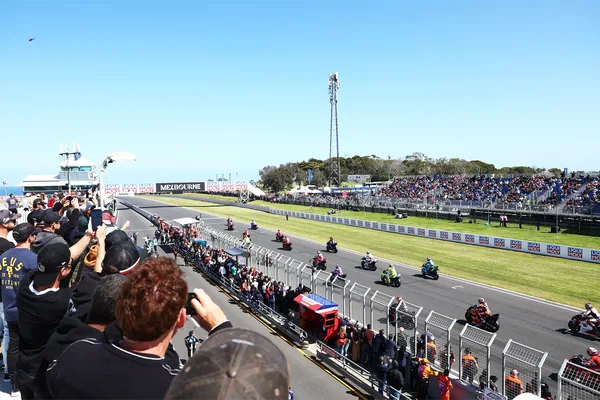Maximum speed, maximum pressure
Friday, 14 October 2022
The Phillip Island circuit places the tyres under a lot of stress.
If you thought that setting up a 300 horsepower MotoGP™ bike for this weekend’s Animoca Brands Australian Motorcycle Grand Prix 2022 was hard enough, spare a thought for the men and women who work in the paddock fitting the tyres for wet and dry conditions at the Phillip Island Grand Prix circuit.
Michelin supplies the tyres for MotoGP™ and, for this weekend’s race, has brought 28 tyres for each of the 24 riders to use in dry conditions in practice, qualifying, the warm-up and the race.
Riders will have to choose ten front slicks from a mix of five hard, five medium and five soft tyres, and 12 rears from three hard, four medium and six soft tyres.
In the case of rain, a rider can choose six rain tyres from hard or soft allocations and seven rears of similar specifications.
To deal with the changes required throughout the weekend, 11 tyre fitters with slide the rubber hoops onto the teams’ 17-inch rims, their work is overseen by seven technicals, two developers and one manager, Piero Taramasso.
The 4.448km Phillip Island Grand Prix circuit places the tyres under a lot of stress with its long, fast sweeping corners, says Taramasso.
“This track, with its particular layout and asphalt, always puts our tyres under close scrutiny because they need to offer the grip, durability, consistency and performance that this circuit demands. Our unique selection of ‘Phillip Island’ compound tyres don’t only have to meet these criteria, but they also have to do this in the mixed weather conditions that can prevail here close to the sea.”
The absence of the GP racers at the circuit for three years, and the inevitable jump in speed, also presents a special challenge.
“The last time we raced here was in 2019, and at that time, we tested our new rear slick construction, which is the one we now have in our 2022 allocation.”
For the first time this season, all the dry tyres will be of asymmetric construction, meaning that all the tyres are harder on the left side to deal with the massive stresses of the seven left-hand corners, which are greater than the track’s five right-handers.
Oh boy...have we missed this! 😍#MotoGP bikes on the glorious @PICircuit 🏍 💨#AustralianGP pic.twitter.com/b5q9zkmisY
— Australian MotoGP™ (@ausmotogp) October 13, 2022




